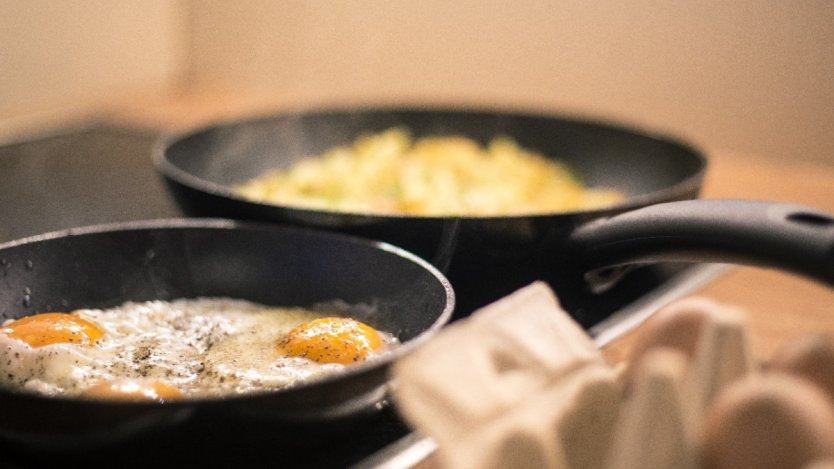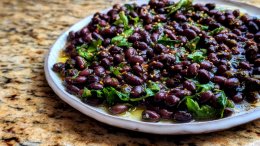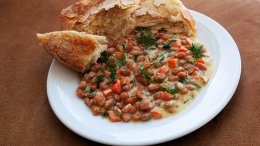Eggs are one of the most utilized ingredients in just about every kitchen. They are a vital component in a multitude of recipes, but eggs can also stand alone in many different ways.
It is said that there are about as many ways to cook eggs as there are pleats on a chef's hat. While techniques like frying and boiling can be quite simple, other methods such as poaching and coddling require a little bit of finesse. So, let's go through just a few of the many different ways you can cook an egg.
Scrambled
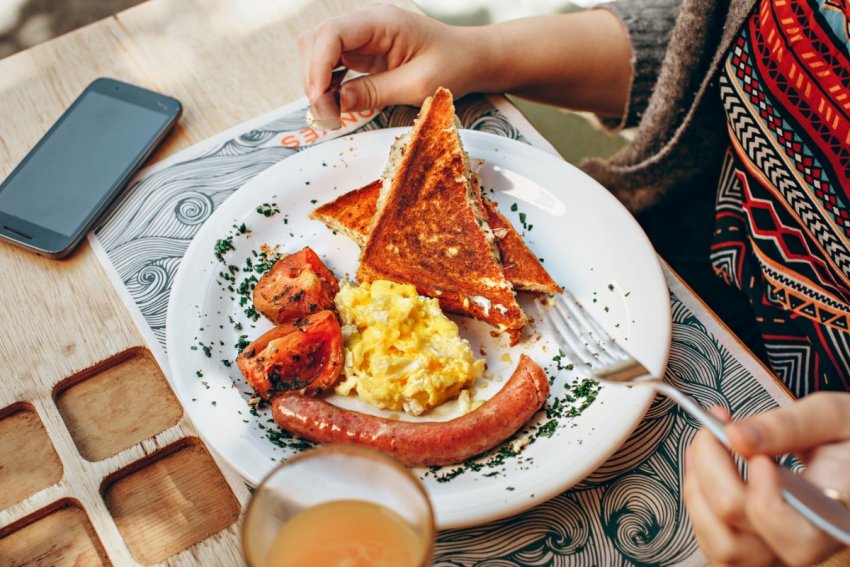
In a previous cooking tip, we went through how to prepare French-style scrambled eggs, but here, we are going to outline the good old North American scramble.
This type of scrambled egg comes as a result of mixing the egg yolk and white, and cooking them all the way through. To do this, crack your eggs in a bowl, whisk them until combined. Some like to add milk at this point for a creamier scramble, but the choice is up to you. Next, put butter or oil in a pan with your egg mixture, and mix with a spatula until it is cohesive and fluffy. Be sure not to cook too long, or else the eggs will be dry.
Hard-boiled
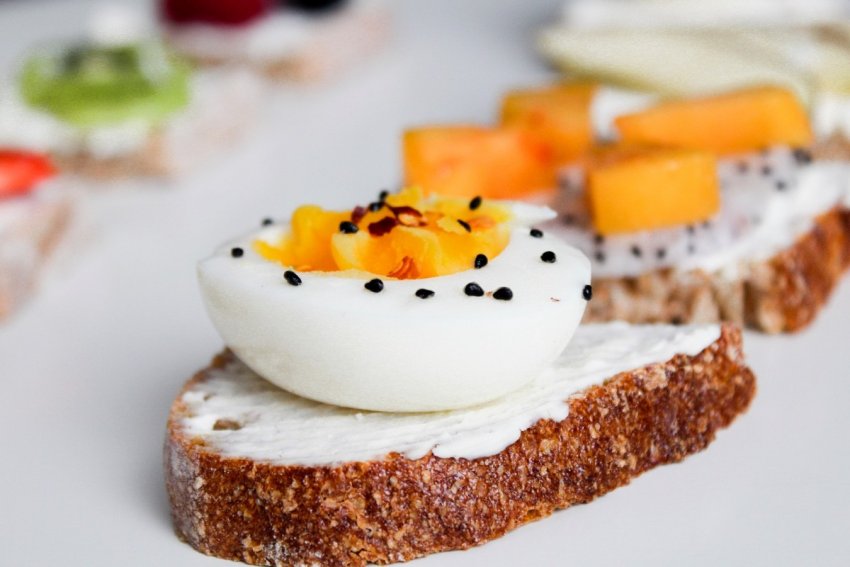
A boiled egg is exactly that, an egg thats cooked whole, with shell on, in boiling water. You can make soft-, medium-, or hard-boiled eggs, with the most significant difference being in the yolk.
There are multiple ways to boil eggs, with some people preferring to start them in cold water and others putting the eggs into boiling water. Carefully spoon in your eggs and cook to your desired doneness. Once they're done, submerge them in ice water until you can handle them. Crack the shells into small pieces and peel them off. Enjoy them as is, in a Cobb salad, or even an egg salad sandwich.
Omelette and frittata
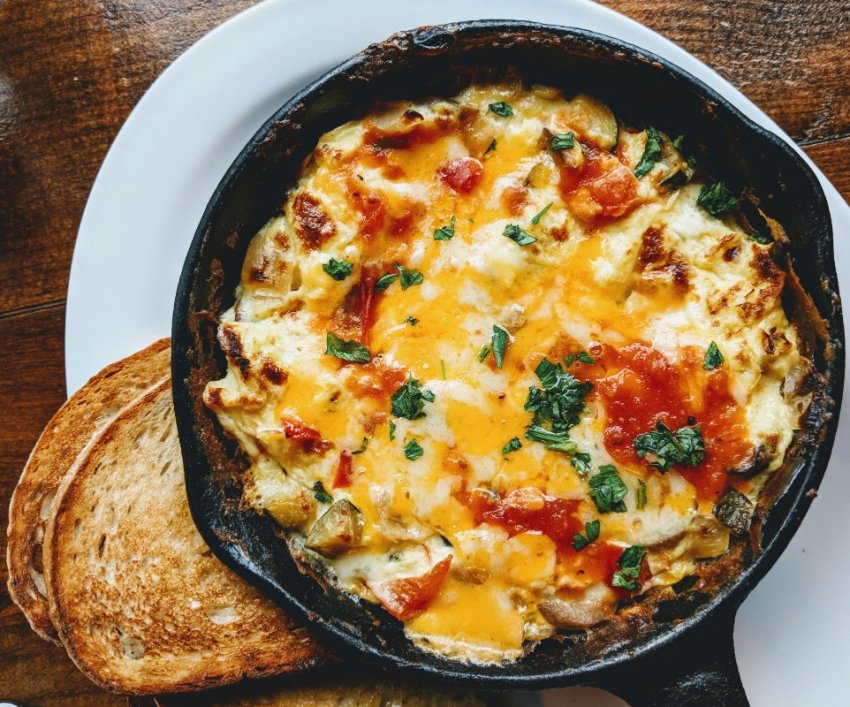
Prepare your eggs just as you would if you were scrambling them. Pour the egg mixure into the pan, let it solidify slightly on the bottom and add fillings such as cheese or mushrooms.
If you're making an omelette, when the eggs are partially cooked, fold or roll them over and cook through. If you're making a frittata, simply cook through without folding (taking care not to burn the bottom).
Poached

If you're a fan of eggs Benedict, this is one skill you're going to want to master. You can use many methods to achieve a similar result, but here, we're going to describe the whirlpool method.
Firstly, you'll need to bring a pot of water to a simmer and add a splash of vinegar to the water. Crack your egg into a small bowl or ramekin and stir the water until a whirlpool forms in the middle of the pan. Then, carefully put your egg into the whirlpool; the spinning will keep the white around the yolk, creating a picture-perfect poach. If you want your poached egg to be a bit runny, it'll take around five minutes. Depending on your preferences, you can increase or reduce the cooking time.
Basted
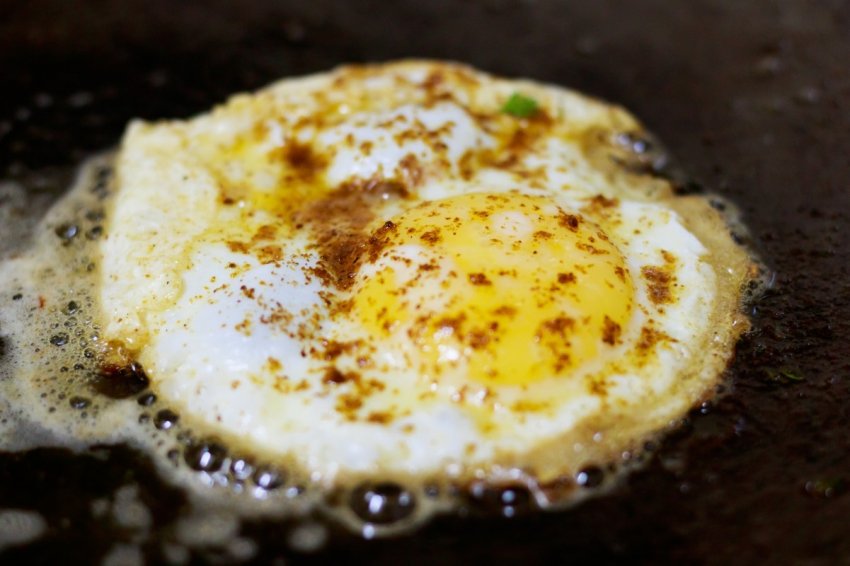
Although basting eggs isn't as popular as frying eggs, it is just as delicious. This method requires spooning hot liquid over the egg to cook it or steaming it with liquid instead of using direct heat from a pan. You can either baste an egg with water, butter or other liquids.
For the butter method, fry your egg in a healthy helping of butter, and as it is frying, tilt your pan to collect the butter on the edge of the pan. With a spoon, drizzle it over your egg repeatedly. This ensures that the top gets cooked, as well as the bottom.
For a healthier option, you can baste your eggs with water. Add some water to your frying pan and cover with a lid. Steam cooks the top of the egg while the pan cooks the bottom. Keep in mind that this method will not produce any crunchy edges.
Coddled
A coddled egg is cooked gently in a small dish in a hot water bath. The only difference between this and a poached egg is that the eggs are in a dish, rather than directly in the water, with this method. To do this, oil the ramekin or dish, crack your egg into the container and place it into simmering water; this method of cooking is referred to as a bain-marie. Depending on your preferred doneness, this can take 6 to 10 minutes.
Shirred
A shirred egg is similar to a coddled egg in that it is cooked in a ramekin, but instead of using a bain-marie, you are using the direct heat of an oven. To begin, butter your ramekin and crack in your egg (you may want to add a splash of cream and a sprinkle of Parmesan cheese). Place in a 350-degree oven and cook for 12 to 15 minutes, or until your desired consistency is reached. Shirred eggs are best for dipping spears of toast into.

